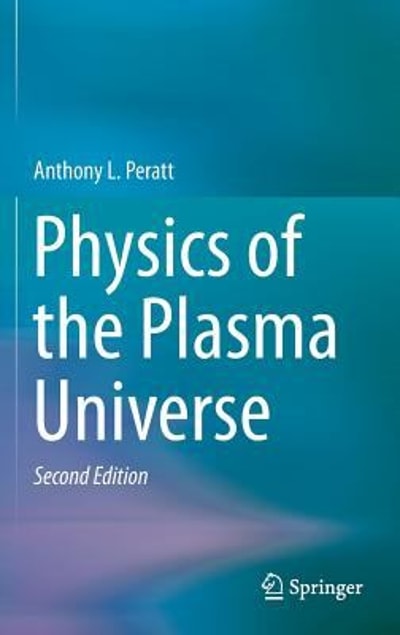Question
A 70.0 kg astronaut is performing an experiment on the International Space Station. The Space Station is in a circular orbit 350 km above the
A 70.0 kg astronaut is performing an experiment on the International Space Station. The Space Station is in a circular orbit 350 km above the surface of the Earth while the experiment is being conducted. The astronaut is located at the center of mass of the space station and therefore is in a "zero-g" environment.
QUESTIONS:
2a: If the space station were boosted into a higher orbit 400 km above the Earth would this increase, decrease or have no effect on the force you calculated for the orbit 350 km above the Earth? Show the math on how you came with your answer.
2b: Because of the drag of the residual atmosphere there is a torque of 1000 Nm on the space station as it orbits. This torque causes the station to rotate about its center of mass. The space station has a rotational inertia about its center of mass of 4x106 kgm2. What is the angular acceleration about the center of mass created by this torque?
2c: If the angular acceleration is not corrected how long would it take the space station to achieve a rotational speed of 1 revolution per minute about its center of mass? Assume the space station starts with an angular speed of 0 rad/s.
Step by Step Solution
There are 3 Steps involved in it
Step: 1

Get Instant Access to Expert-Tailored Solutions
See step-by-step solutions with expert insights and AI powered tools for academic success
Step: 2

Step: 3

Ace Your Homework with AI
Get the answers you need in no time with our AI-driven, step-by-step assistance
Get Started


